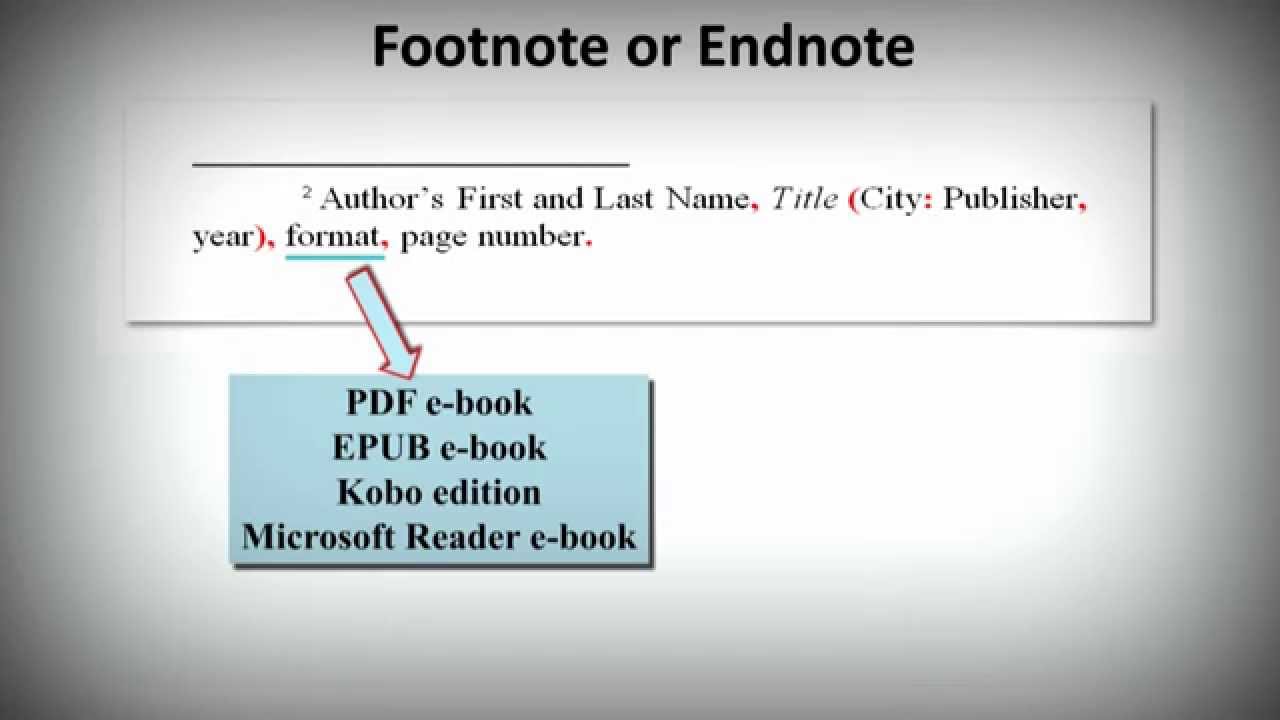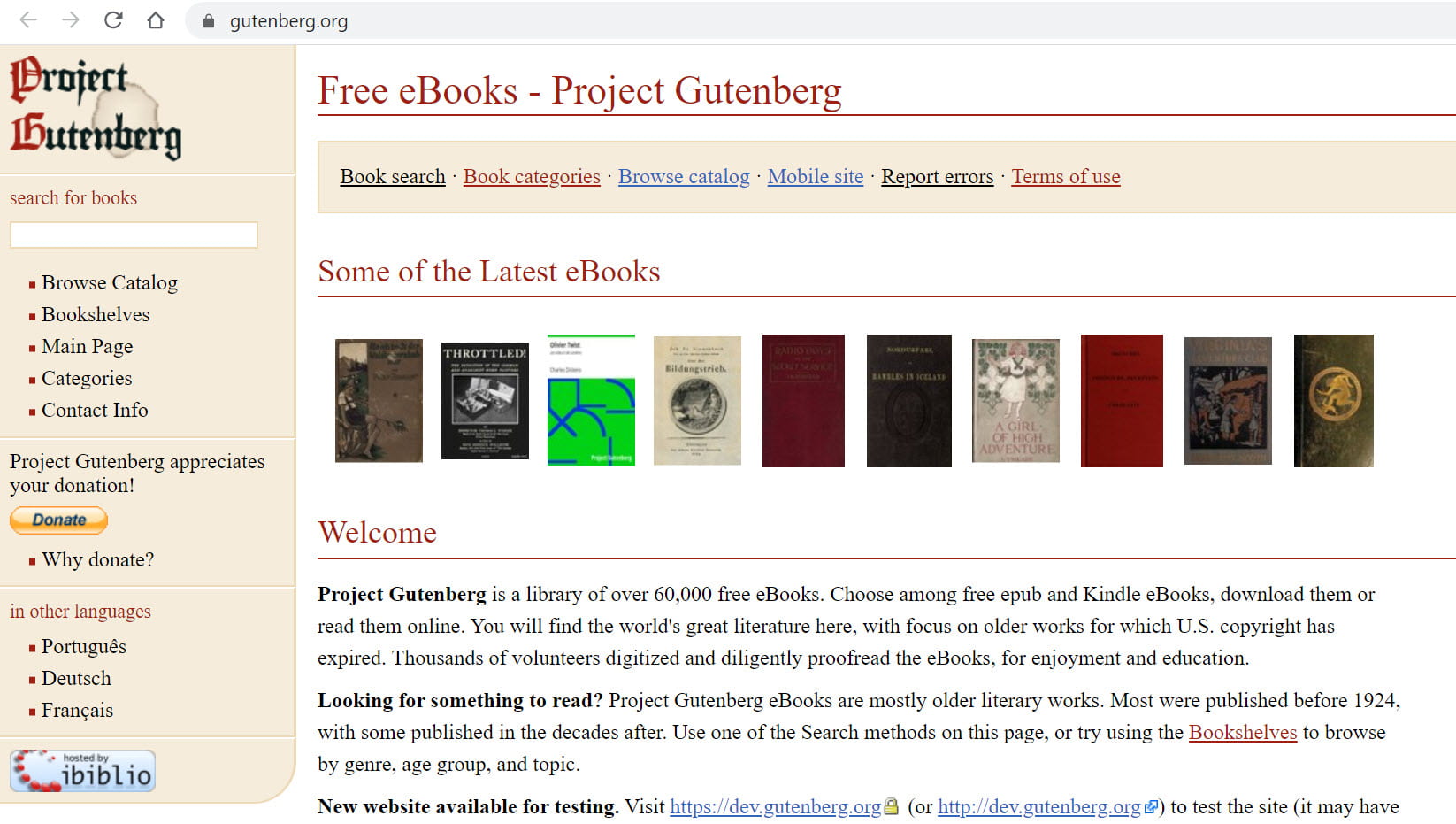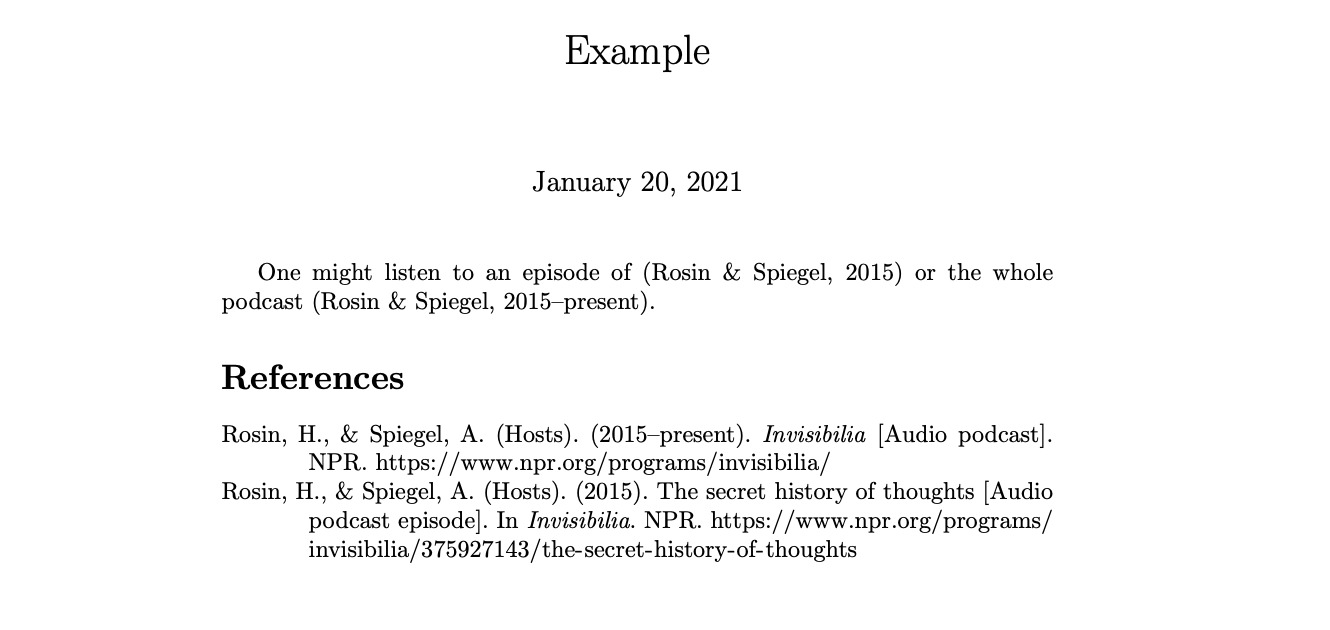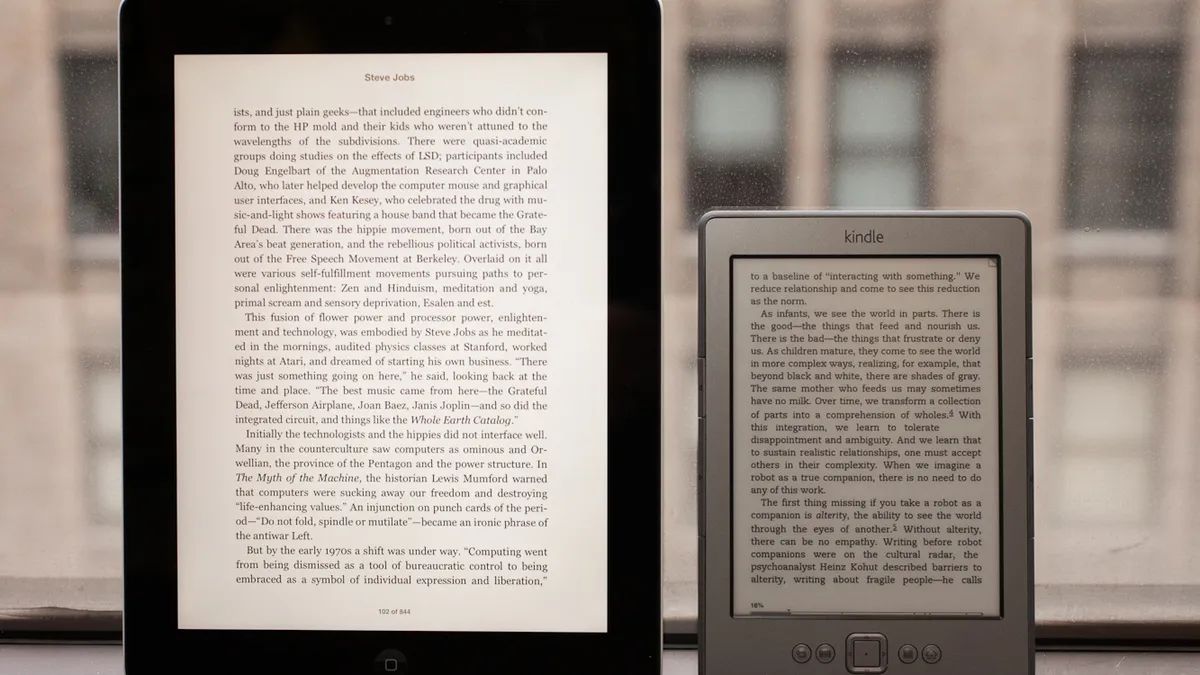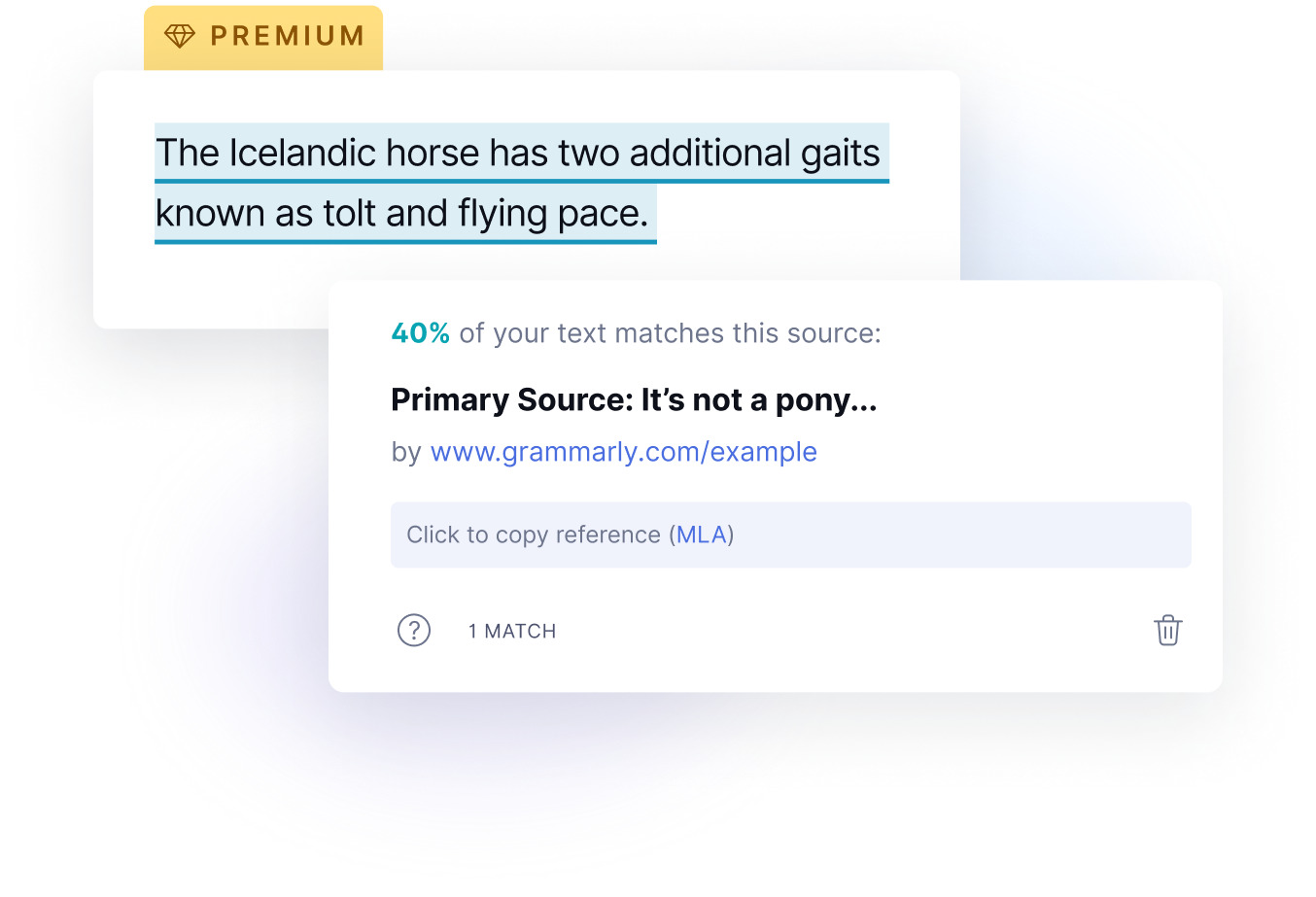Introduction
When conducting research or writing academic papers, it is essential to properly cite your sources. This not only gives credit to the original authors but also allows readers to locate and verify the information you have used. With the increasing popularity of eBooks in today’s digital age, it is important to understand how to cite them correctly in APA format.
APA (American Psychological Association) Style is widely used in the social sciences, including psychology, sociology, and education. It provides guidelines for formatting citations, references, and in-text citations. Citing an eBook may seem challenging at first, but once you understand the key components and the proper order, it becomes a straightforward process.
In this article, we will walk you through the steps of APA citing an eBook. Whether you are referencing an eBook for an academic assignment or including it in your research paper, following these guidelines will ensure accurate and consistent citations.
By providing detailed instructions for both the reference list and in-text citations, this guide will help you avoid plagiarism and demonstrate your credibility as a researcher. So let’s dive in and learn how to correctly cite an eBook in APA format.
Step 1: Determine the format of the eBook
The first step in APA citing an eBook is to determine its format. eBooks are available in various formats, such as PDF, EPUB, and Kindle. The format of the eBook will influence how you cite it in your references and in-text citations.
To determine the format of the eBook, you can check the file extension or the information provided by the platform or publisher from which you obtained the eBook. Most platforms or eBook readers will indicate the format in which the eBook is available.
Once you have identified the format of the eBook, you can proceed with citing it in APA format. It is important to note that the citation format may vary depending on the eBook format, so it is crucial to select the correct citation style for each format.
Here are the common formats of eBooks and their respective citation styles:
- PDF: If the eBook is in PDF format, you will cite it as you would cite a print book, since PDF eBooks often preserve the original pagination and layout. You will include the author’s name, publication year, title, publisher, and place of publication in the reference list. In-text citations will be formatted as (Author, Year).
- EPUB: EPUB is a widely used format for eBooks. When citing an EPUB eBook, you will include the author’s name, publication year, title, publisher, and place of publication in the reference list. In-text citations will follow the (Author, Year) format.
- Kindle: If you are citing an eBook from the Kindle format, you will need to include the author’s name, publication year, title, publisher, and place of publication in the reference list. In-text citations will also follow the (Author, Year) format.
By determining the format of the eBook, you can ensure that you are citing it correctly in accordance with APA guidelines. This will help you create accurate citations and avoid any confusion or errors when referencing eBooks in your academic work.
Step 2: Gather the necessary information
Once you have determined the format of the eBook, the next step is to gather the necessary information for citation. APA style requires specific information to be included in the citation to ensure accuracy and traceability.
Here is the essential information you need to gather for citing an eBook in APA format:
- Author’s name: Start by identifying the author or authors of the eBook. If there are multiple authors, include their names in the order they appear on the title page or cover.
- Publication year: Look for the publication year of the eBook. This can usually be found on the copyright page or in the book’s metadata. Use the year of the edition you are referencing, even if it differs from the original publication date.
- Title: Note down the full title of the eBook, including any subtitles. It is important to accurately capture the title and capitalize it according to APA style guidelines (capitalize the first word, proper nouns, and significant words).
- Publisher: Identify the publisher of the eBook. This information may be available on the title page or in the book’s metadata. Include the publisher’s name in the citation.
- Place of publication: Determine the place of publication for the eBook. In most cases, this information will be specified on the copyright page or in the book’s metadata.
- URL or DOI: If you accessed the eBook online, make sure to gather the URL or DOI (Digital Object Identifier). The URL should lead directly to the eBook’s location, while the DOI is a unique alphanumeric string assigned to the eBook.
By gathering all the necessary information, you will have a complete set of details required for constructing the citation in APA format. Remember to double-check the accuracy of your gathered information, as any errors or omissions may impact the credibility and reliability of your citation.
Step 3: Arrange the information in the correct order
Once you have gathered all the necessary information for citing an eBook in APA format, the next step is to arrange the information in the correct order. APA style has specific guidelines for how to structure and format the citation to ensure clarity and consistency.
Here is the recommended order for arranging the information in the citation:
- Author’s Last Name, Author’s First Initial. Start the citation with the author’s last name, followed by their first initial. If there are multiple authors, list each author’s last name and first initial, separating them with commas. End the list of authors with an ampersand (&) before the last author’s name.
- (Publication Year). After the author’s name, include the publication year of the eBook in parentheses. Place a period outside the closing parenthesis.
- Title of eBook. Write the full title of the eBook in sentence-case capitalization, which means only the first word and proper nouns are capitalized. Italicize the title and end it with a period.
- Publisher Name. Include the name of the publisher, followed by a period.
- Place of Publication: Specify the place or city where the eBook was published, followed by a colon (:).
- URL or DOI. If you accessed the eBook online, include the URL or DOI at the end of the citation. For URLs, provide the direct link to the eBook. For DOIs, use the “https://doi.org/” format followed by the DOI string.
Remember to format the citation according to APA style guidelines, including italicizing the title of the eBook and using proper capitalization. Pay attention to punctuation, spacing, and the order of elements to ensure the citation is accurate and properly formatted.
By arranging the information in the correct order, you are now ready to construct the full citation for the eBook in APA format. This structured approach ensures consistency across your references and allows readers to easily locate and access the eBook based on the citation provided.
Step 4: Construct the full citation
After gathering and arranging the necessary information, the next step is to construct the full citation for the eBook in APA format. The citation should provide all the required details in a standardized manner, allowing readers to easily locate the eBook based on the information provided.
Follow the guidelines below to construct the full citation for an eBook:
Format for citing a PDF eBook:
Author’s Last Name, Author’s First Initial. (Publication Year). Title of eBook. Publisher Name.
Format for citing an EPUB or Kindle eBook:
Author’s Last Name, Author’s First Initial. (Publication Year). Title of eBook. Publisher Name. DOI or URL.
Make sure to adjust the citation based on the specific format of the eBook. Include the author’s last name and first initial, the publication year in parentheses, the title of the eBook in sentence-case capitalization (italicized), the publisher name, and the DOI or URL if applicable. Use proper punctuation and formatting to ensure consistency and accuracy.
For example, a full citation of an EPUB eBook might look like this:
Smith, J. A. (2019). The Art of Fiction Writing. Creative Publishing. https://doi.org/10.12345/example
Note that the DOI or URL may vary depending on the specific eBook platform or source from which you accessed the eBook. Double-check the accuracy of the DOI or URL to ensure that it leads directly to the eBook and is accessible to readers.
By constructing the full citation according to the format guidelines, you will provide readers with the necessary information to locate and reference the eBook correctly. This step helps ensure the credibility and integrity of your research while giving proper credit to the original author.
Step 5: Include the citation in your reference list
Once you have constructed the full citation for the eBook, the next step is to include it in your reference list. The reference list is a crucial component of your academic paper or research project, as it provides a comprehensive list of all the sources you have cited or consulted.
To include the eBook citation in your reference list, follow these guidelines in APA format:
- Begin the reference list on a new page, separate from the rest of your document.
- Write the heading “References” centered at the top of the page.
- List your citations in alphabetical order by the author’s last name. If there is no author, alphabetize the entry by the title of the eBook.
- Start each citation with the author’s last name, followed by their first initial.
- Include the publication year in parentheses after the author’s name.
- Write the title of the eBook in sentence-case capitalization, italicized, and followed by a period.
- Provide the publisher’s name, followed by a period.
- If the eBook was accessed online, include the DOI or URL at the end of the citation.
Remember to follow the specific citation format based on the eBook format (PDF, EPUB, or Kindle) and use the proper formatting and punctuation as described in Step 4. Ensure consistency in the placement of commas, periods, and italics to maintain the clarity and readability of your reference list.
By including the eBook citation in your reference list, you demonstrate transparency in your research and give credit to the original author. This allows readers to verify your sources and delve deeper into the content you have used to support your arguments or findings.
Step 6: In-text citations for eBooks
In addition to including the eBook citation in your reference list, it is crucial to use proper in-text citations whenever you refer to or quote information from the eBook in your paper. In-text citations provide brief references within the body of your text, allowing readers to easily identify the source of the information you are citing.
To format in-text citations for eBooks in APA style, follow these guidelines:
- Author’s name and publication year: When mentioning the author’s name in the text, include the last name followed by the publication year in parentheses. For example, “As Smith (2019) suggests…” or “According to previous studies (Smith, 2019).”
- Page numbers: If you are directly quoting from the eBook or referencing a specific page, include the page number after the publication year, separated by a comma. For example, “…” (Smith, 2019, p. 45) or “According to Smith (2019, p. 45).”
- No page numbers: If the eBook does not have page numbers, such as in EPUB or Kindle formats, you can use paragraph numbers, section headings, or chapter titles to indicate the location of the information you are citing.
Remember to place in-text citations immediately after the information you are citing and before any punctuation marks. Make sure to use proper capitalization, italicization, and punctuation as required by APA style guidelines to maintain the accuracy and professionalism of your in-text citations.
Using in-text citations helps avoid plagiarism by acknowledging the original source of your information. It also adds credibility and supporting evidence to your arguments, allowing readers to verify the information and follow your line of reasoning without confusion or ambiguity.
By following these guidelines for in-text citations, you demonstrate your adherence to APA style and uphold the principles of academic integrity in your writing.
Conclusion
Citing eBooks in APA format is an essential skill for researchers and writers who rely on digital sources for their academic work. By following the steps outlined in this guide, you can ensure accurate and proper citations for eBooks, maintaining the integrity of your research and providing readers with the necessary information to locate and access the sources you have used.
In this article, we have covered the key steps involved in APA citing an eBook. We started by determining the format of the eBook, gathering the necessary information, and arranging it in the correct order. Then, we learned how to construct the full citation and include it in the reference list. Lastly, we discussed the importance of using in-text citations to indicate the source of information within the text of your paper.
APA style is widely used in the social sciences, and understanding how to properly cite eBooks is crucial for maintaining academic integrity and providing proper credit to the original authors. By following the guidelines and examples provided, you can confidently and accurately cite eBooks in your academic writing.
Remember to consult the official APA style guide or other reliable resources for specific citation formatting rules and exceptions. Additionally, always validate your citations to ensure they adhere to required guidelines and are error-free.
By mastering the art of APA citing eBooks, you demonstrate your dedication to rigorous research and scholarly communication. Properly citing sources not only strengthens your argument but also contributes to the collective knowledge of your field. So, continue to practice and refine your citation skills, adapting them to the ever-evolving digital landscape of eBook publishing.









